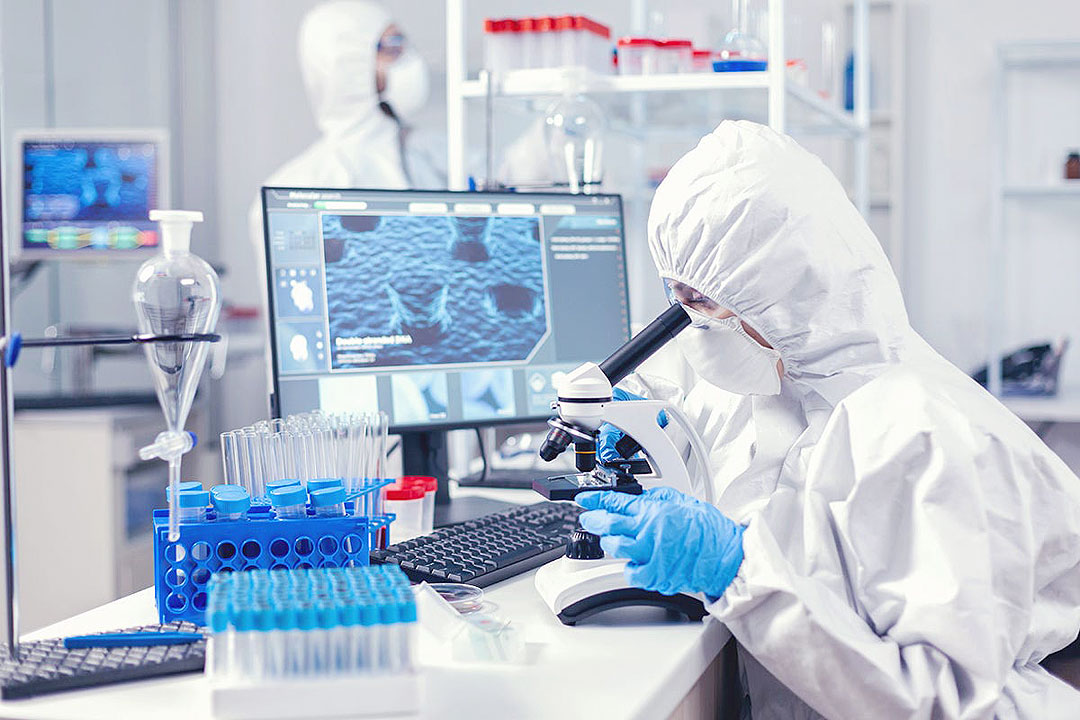
Medicine Cabinet
By Teodoro B. Padilla

During the coronavirus disease 2019 (COVID-19) pandemic, intellectual property (IP) offices supported the fastest development and scale-up of safe and effective vaccines in history, with 13.9 billion COVID-19 vaccines produced to date. The IP framework has provided the basis for more than 380 voluntary partnerships for COVID-19 vaccines to be set up in record time, 88% of which involve technology transfer.
With more than 8,400 drugs in development across all therapeutic fields, the biopharmaceutical industry drives exploratory research, taking care of translating early research into patient-ready treatments, according to the International Federation of Pharmaceutical Manufacturers and Associations (IFPMA).
In the last 20 years, the industry has developed over 650 new medicines for the world’s emerging health needs, focusing on treatment for the various cancers, cardiovascular diseases, and diabetes, among others.
Innovation ecosystems are sustainable when governments, research institutions, and the private sector collectively address the elements necessary to drive investments in new technology and science, underpinned by a stable and transparent rule of law and an incentive system to attract the right people, expertise, and investment.
Open dialogue and collaboration with all stakeholders, including the private sector, is critical to the process to create policies that support the emergence of sustainable innovation ecosystems.
TAKING RISKS
Innovation in technology-dependent sectors requires a significant risk appetite. However, without innovation, there would not be any advancement in science and the arts. Recognizing this dichotomy early on, countries have rewarded and incentivized researchers through the IP system to undertake the risks needed to provide the solutions.
Thus, effective and predictable IP systems have proven to provide an important incentive for investing in innovation and enable innovative ideas to be made available and scaled.
A stable IP system provides the certainty necessary to build confidence for investments in the creation of technologies. Intellectual property incentives also support technological partnerships by providing the legal framework necessary for collaborative innovation and the exchange of technology and knowledge.
Effective IP regimes bring clarity and certainty to the market, encouraging the introduction of technology to new places and enabling innovative ideas to be scaled. It lends confidence in the country to its people that their rights are protected.
As shown by recent studies, a strong IP system and protection allows faster launch and access to new medicines for patients across the world, both in developing and developed countries. In fact, having a strong IP system allows for incentives for the introduction of many medicines which would not be otherwise available.
With the success rate of clinical trials being less than 12%, inventing, developing, and launching new medicines is a long, resource-intensive and risky process. However, despite setbacks, risks and uncertainty, the industry continues to invest in pharmaceutical research and development (R&D).
The temporary and limited period of protection given by patents is part of the factors incentivizing the industry to keep investing in the uncertain and long process that is pharmaceutical R&D. In return for this limited protection, the IP system requires the patent applicant to publicly disclose the invention to allow others to learn and build upon prior advances, creating a perfectly balanced policy system.
Effective intellectual property systems — including protection of patents, trademarks, and proprietary data — are critical for stimulating R&D. They provide some assurance that, if a new medicine is successfully approved, the innovator has a chance to generate revenues sufficient enough to justify the investments in R&D and ensure sustainable innovation into the future.
Medical technologies that benefit patients and manufacturers alike are possible only with huge R&D investments and the protection of intellectual property that make those investments feasible.
Innovation in the biopharmaceutical industry is about creating and improving medicines and vaccines for patients who need them, and allowing the greatest choice of treatments for doctors with health outcomes that matter. It happens when we challenge the status quo and the “business as usual” realities.
Most of the innovations brought in by our industry are born from rigor, discipline, risks taking, time, money, and collaboration. A successful innovation process is one that minimizes the time and cost needed to translate a scientific “idea” to an approved new, safe, and effective medicine or vaccine that ultimately will benefit patients.
Teodoro B. Padilla is the executive director of the Pharmaceutical and Healthcare Association of the Philippines (PHAP), which represents the biopharmaceutical medicines and vaccines industry in the country. Its members are at the forefront of research and development efforts for COVID-19 and other diseases that affect Filipinos.